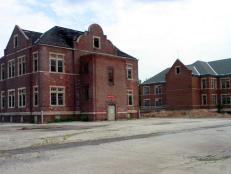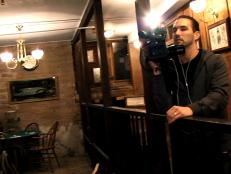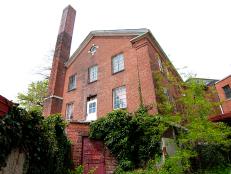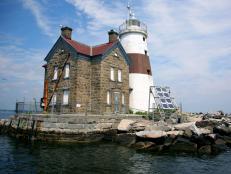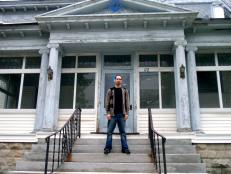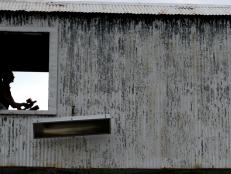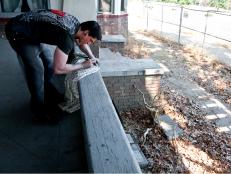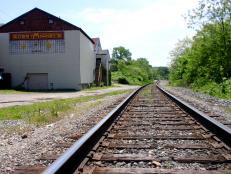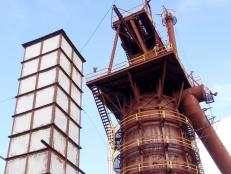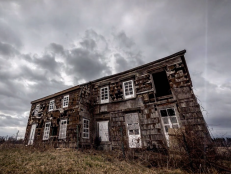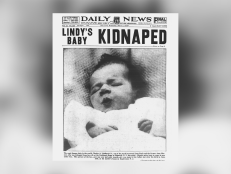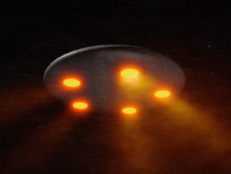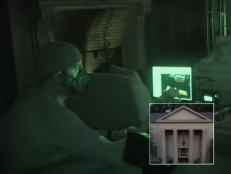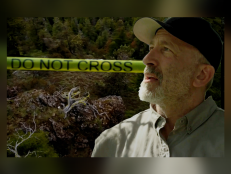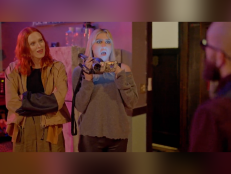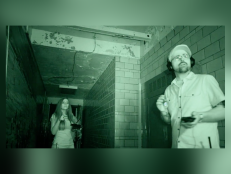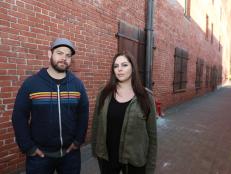Psychiatric Hospital's History

In 1896 in New Jersey, public officials designated 325 acres of land for the construction of this former psychiatric hospital. The facility housed mentally ill patients in a remote site that public officials hoped would provide a healthy and peaceful setting for patient rehabilitation.
The site was not only remote, it was self-sufficient. The hospital grew its own food, produced its own electricity and even had a private fire department. The objective of this segregated commune was to keep the financial burden off the surrounding community while still providing patients with surroundings that closely resembled a "normal" life.
Psychological Treatment
In the early part of the 20th century, when the hospital was often at full capacity, psychology was still in its infancy. Treatments that today would be considered barbaric were routine in treating the mentally disturbed. Patients endured shock therapy, ice-water baths and even lobotomies in the hopes of achieving mental health. It can easily be said that, at times, these practices were worse than the affliction -- driving some patients further into madness, and others to murder and suicide.
The illnesses that were then so misunderstood often cast psychiatric patients as the unwanted of society. In some cases, families abandoned their mentally disabled kin, leaving institutions like this as an ill person's only refuge.
Conditions That Cost Lives
In the winter of 1917, the hospital suffered a major catastrophe. "The New York Times" reported on the failure of the hospital's boilers and for weeks patients went without heat. Within 20 days, 24 people had died within the hospital's walls, some freezing to death in their beds. In the same time frame, 32 cases of frostbite were reported.
Dangerous overcrowding of institutions like this one were commonplace during the Great Depression, when thousands of Americans were homeless, hungry and desperate for a roof over their heads. Hospital staff simply could not care for so many people, and the overall population suffered. Attempts at escape, violence among the residents and occasional patient abuse by the overworked staff, have left a permanent mark on this facility.
The Hospital's Demise
During the 1970s, funding dwindled for large psychiatric institutions like this one, leaving many struggling to provide basic care. Advancements in medication meant some patients could move out of institutions and back into society. However, some less-fortunate souls were simply turned out on the street where they were forced to fend for themselves. As funding and patient care declined, buildings within the hospital commune were shut down and left to rot. Several years ago, the few remaining active buildings shut their doors for good, leaving the massive complex to decay into obscurity and legend.
Paranormal Activity Reported
For years, stories have circulated regarding the haunting of the hospital that witnessed patient abuse, neglect and barbaric treatments. Disembodied voices echo through the empty hallways, and locals say a fireman who died there after a tragic fall haunts the firehouse. In some of the patient wards, phantom cries of tormented patients can be heard often -- a kind of psychic recording that plays itself over and over. A threatening, unwelcome feeling also dominates the once-crowded patient wards. During its last days of existence, the hospital was immortalized on film, serving as a primary location in the film "Choke," based on the book by author Chuck Palahniuk. The film's crew was adamant about the presence of two ghosts -- one a female nurse who seemed friendly, and the other a dark and terrifying energy that did not take human form.
